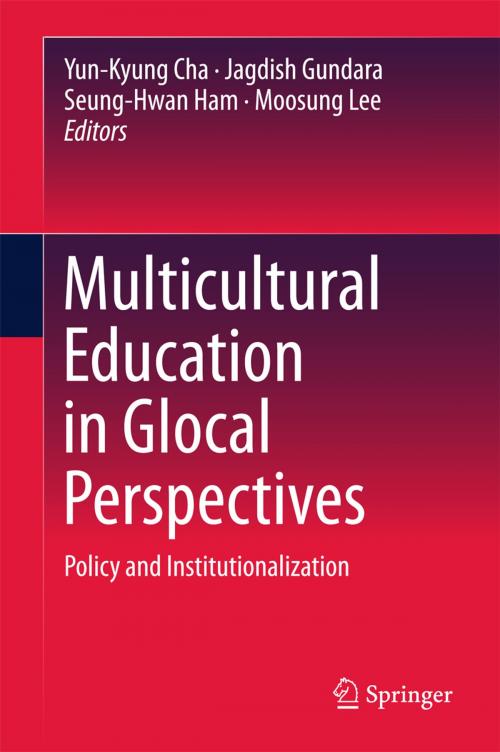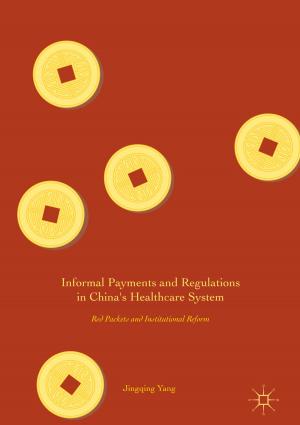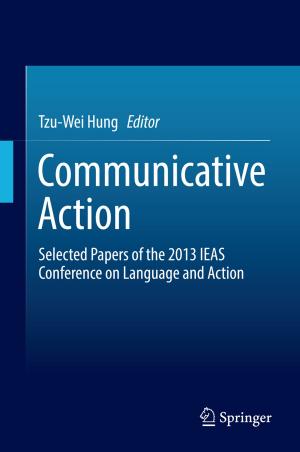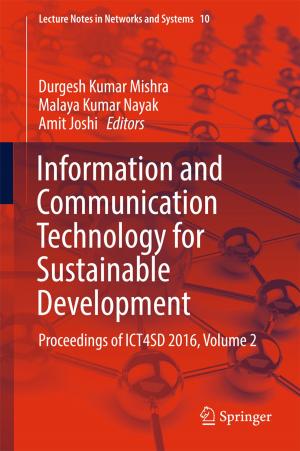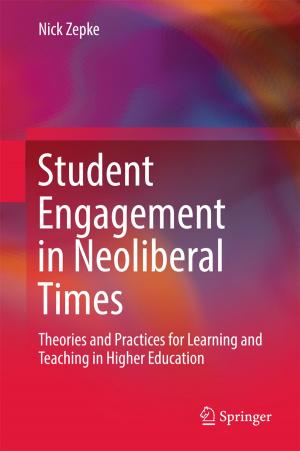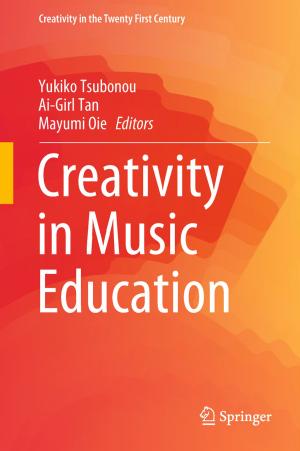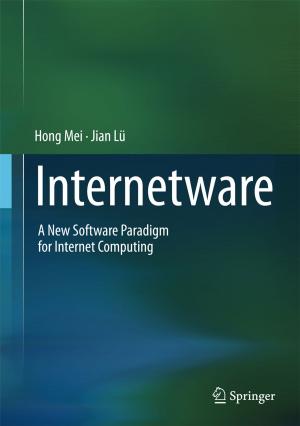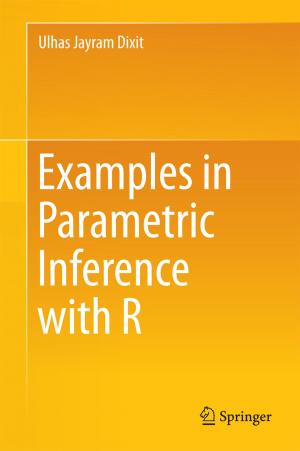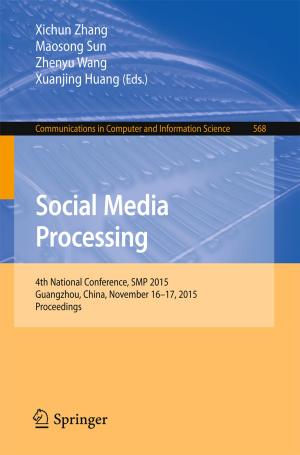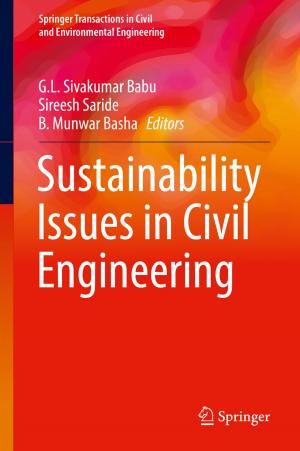Multicultural Education in Glocal Perspectives
Policy and Institutionalization
Nonfiction, Reference & Language, Education & Teaching, Educational Theory, Philosophy & Social Aspects| Author: | ISBN: | 9789811022227 | |
| Publisher: | Springer Singapore | Publication: | November 15, 2016 |
| Imprint: | Springer | Language: | English |
| Author: | |
| ISBN: | 9789811022227 |
| Publisher: | Springer Singapore |
| Publication: | November 15, 2016 |
| Imprint: | Springer |
| Language: | English |
This conceptually rich and empirically grounded book draws upon expertise from a panel of emerging and established international scholars to explore the institutionalization and effect of multicultural education on a global scale. Previous studies of multicultural education have largely ignored the significance of understanding the combination of multiple sociopolitical influences on multicultural education in both policy and practice. Filling this void, this book sheds light on the two main reasons for taking a “glocal” perspective on multicultural education. First, children should be provided with meaningful learning opportunities to acquire the knowledge, skills, and attitudes necessary to live in a culturally and ethno-linguistically diverse society, where the distinction between the local and the global is becoming blurred. Second, understanding both the “global grammar” and the “local semantics” of multicultural education helps researchers and policy-makers grasp the whole picture of multicultural education as an evolving social construct and phenomenon. This new book provokes a new round of discussion and research to expand and enrich our inquiry into cultural diversity and educational inclusion.
This conceptually rich and empirically grounded book draws upon expertise from a panel of emerging and established international scholars to explore the institutionalization and effect of multicultural education on a global scale. Previous studies of multicultural education have largely ignored the significance of understanding the combination of multiple sociopolitical influences on multicultural education in both policy and practice. Filling this void, this book sheds light on the two main reasons for taking a “glocal” perspective on multicultural education. First, children should be provided with meaningful learning opportunities to acquire the knowledge, skills, and attitudes necessary to live in a culturally and ethno-linguistically diverse society, where the distinction between the local and the global is becoming blurred. Second, understanding both the “global grammar” and the “local semantics” of multicultural education helps researchers and policy-makers grasp the whole picture of multicultural education as an evolving social construct and phenomenon. This new book provokes a new round of discussion and research to expand and enrich our inquiry into cultural diversity and educational inclusion.
